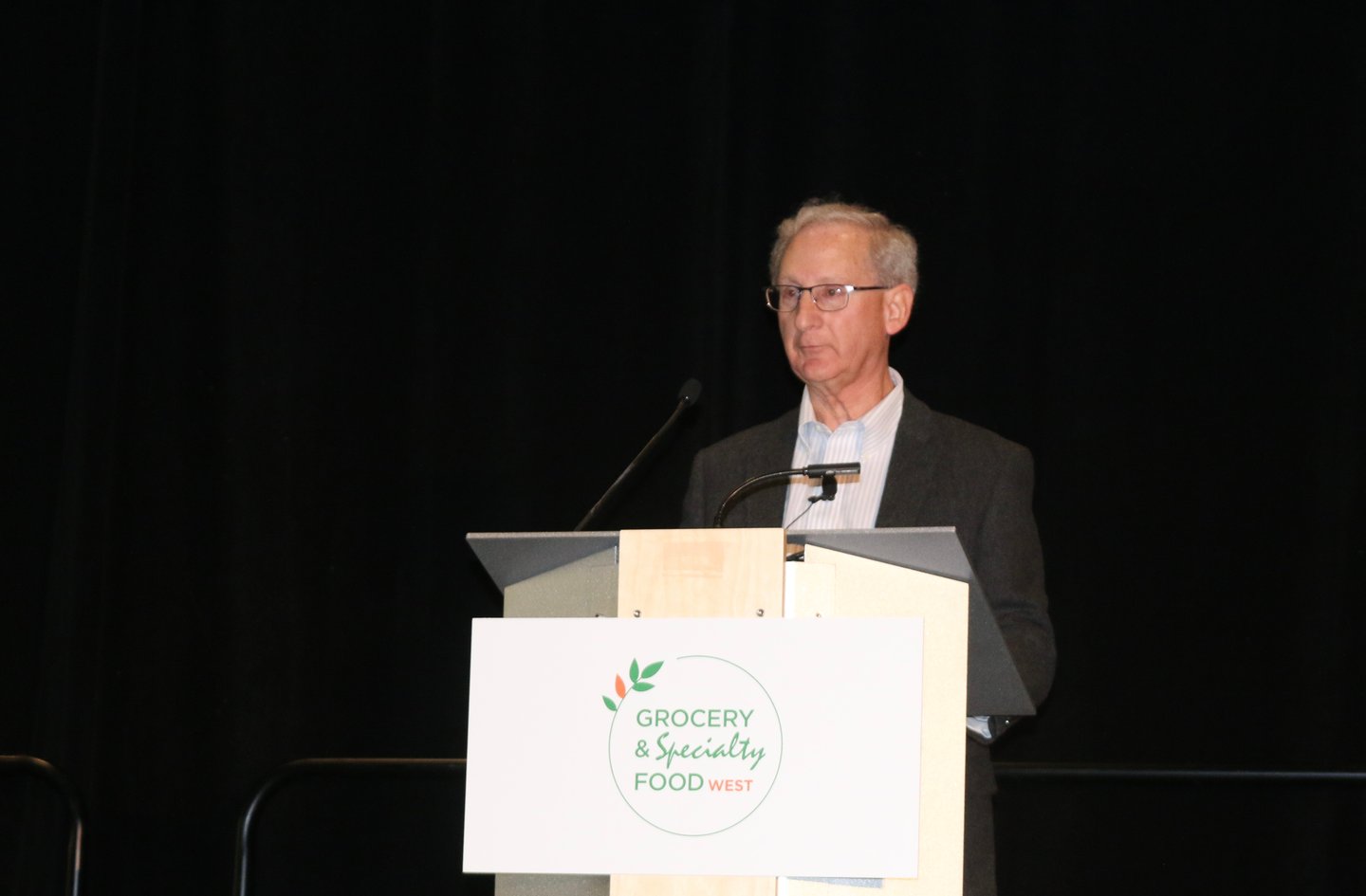Tips and tricks grocers can use to take their stores to the next level
Competition is more prevalent than ever in the physical grocery space, as stores face off against online marketplaces and billion-dollar big box retailers that have the overhead spend to get ahead in the game. So, how can local grocers ensure they’re retaining consumers and benefiting from more capital spend?
In a recent session held at Grocery and Specialty Food West in Vancouver, Al Hollman, Independent Grocer of the Year Awards juror and retired food marketing manager with Federated Co-operatives Limited, shared some best practices for store managers that will encourage more consumer traffic and overall in-store spend.
Creating a welcome environment that centres around the customer’s overall experience is key, Hollman says. “Step back and look at your store through the eyes of the customer you want to attract,” Hollman says.
This includes surveying the entrance and ensuring it’s a friendly and welcoming environment. For example, are there suitable and/or accessible parking spaces? Is there sufficient signage in the windows to communicate any exciting promotions or savings for the shopper?
Cross-merchandising is another highly effective method of appealing to shoppers who are looking for more of an experience during a trip to their local grocery store. Intentionally placing specific items that could complement each other, like putting condiments and sauces next to the meat section during the summer grilling season, for example, could encourage consumers to spend more than they originally intended.
Being more direct with signage can also influence purchasing habits, Hollman says. “Everybody talks about local, but this is a space where independent grocers can really lead,” he says. “Writing [the word] ‘local’ on the sign card doesn’t get the message across. Use specific signage, like ‘B.C. grown’ instead of ‘local produce.’”
With pandemic-related restrictions easing up, in-store sampling has made a comeback, and by encouraging customers to try new products in the meat and seafood departments, they may be incentivized to spend more money.
Sampling in the deli area, which competes directly with the food service sector with its take-home meal options, could mean the difference between customers choosing in-store prepared foods versus ordering from a local restaurant.
There are a number of ways that managers can enhance the customer experience in-store, but ultimately, the most important of them all is customer service.
“Customer service is a key ingredient for providing your customers with a positive experience, because this can either be the first or the last point of contact for a customer,” Hollman says. “Find that ‘extra’ that helps establish your unique offerings that help to create that point of difference.”

